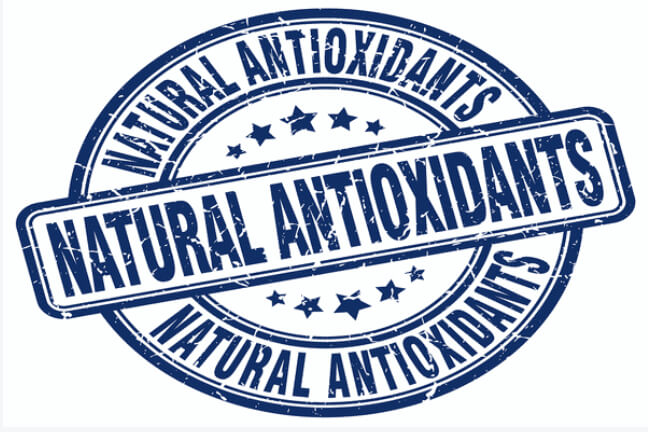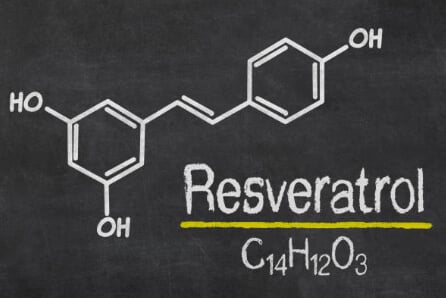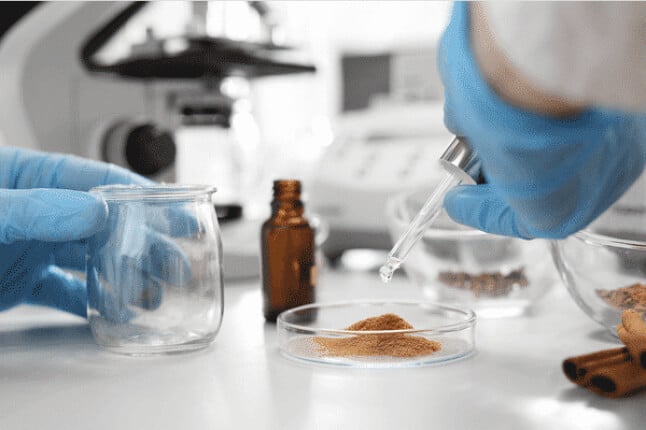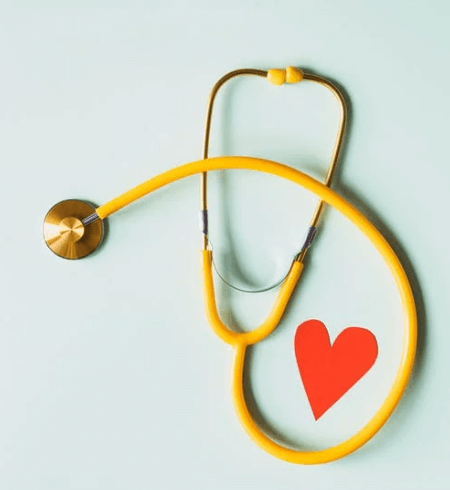How Effective Resveratrol as Antioxidants?
The antioxidant resveratrol is only the most recent beneficial discovery, further proving that no man-made drug can beat the disease-fighting and health-enhancing properties of Nature's bounty. When the body is nourished in the physical sense, it has a better chance of surviving an onslaught from an invading Virus or bacteria. Resveratrol is found in the seeds and roots of grapes, but the highest concentration is found in the skin. The resveratrol protects the grapes against fungi and microorganisms, and there is more of this beneficial compound in red grapes. [1][2]
Other sources of resveratrol include peanuts, mulberries, and a plant called Japanese knotweed (available in health-food stores and widely used in Asian traditional medicine). Red wine has the most resveratrol of almost any food or drinks, with over 600 micrograms per gram. This may go a long way toward explaining “the French paradox,” the perplexing way that the French can enjoy a relatively high-fat diet and have relatively low levels of cardiac disease. For the most benefit, limit wine intake to two glasses daily. Easily done- just have a glass or two when you come home from work. Or, increase your intake of fruits and vegetables containing resveratrol. [3][4]
Resveratrol may also inhibit Tumor growth, forcing the immune system to fight Cancer cells. This compound also has anti-aging benefits, showing up to a 50% increase in lifespan in certain animals. Who knows how much resveratrol can do for us? More benefits are being discovered every day. [5]
Is resveratrol really an antioxidant?
Resveratrol is an antioxidant that has Anti-Inflammatory and Anti-Inflammatory properties. It protects you from diseases such as Cancer, Diabetes, and Alzheimer’s disease. It is an excellent remedy for Arthritis and skin +Inflammageing due to its Anti-Inflammatory properties.
To learn more about RevGenetics Resveratrol and other products, click to see all of our products online.
References:
- https://www.sciencedirect.com/science/article/abs/pii/S1466856409000745
- https://www.sciencedirect.com/science/article/abs/pii/S0308814603001572
- https://www.tandfonline.com/doi/abs/10.1080/10408398.2011.606928
- https://pubs.acs.org/doi/abs/10.1021/jf0112973
- https://www.sciencedirect.com/science/article/abs/pii/S0891584902009115








